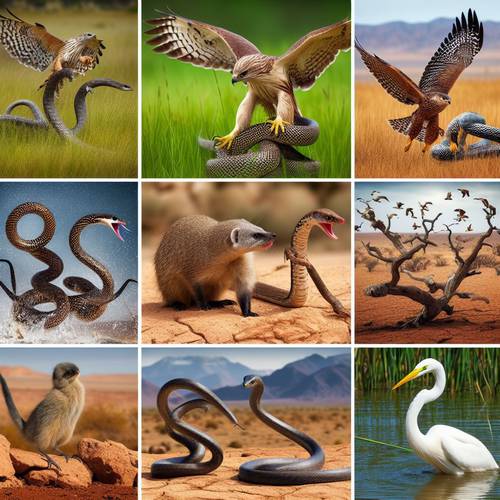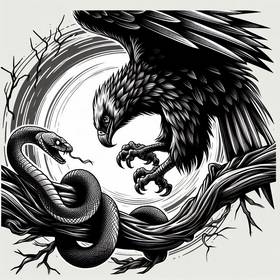Natural Enemies
In the wild, snakes face a variety of natural enemies that play crucial roles in maintaining ecological balance. Predators such as birds of prey, including hawks and eagles, are skilled hunters capable of targeting and capturing snakes with precision. Additionally, mammals like mongoose and badgers are known for their ability to hunt and consume snakes, using their agility and sharp senses to track down their elusive prey. These natural enemies contribute to the complex web of interactions in ecosystems, highlighting the intricate relationships between predators and their prey in nature.
Hunting Strategies of Snake Predators
Snake predators employ diverse hunting strategies to capture their prey efficiently. Raptors, like hawks and eagles, rely on keen eyesight and swift aerial attacks to catch snakes on the ground. Ground-dwelling mammals, such as mongoose and badgers, use their agility and sharp teeth to ambush snakes in burrows or open areas. Some snake-eating birds, like the secretary bird, employ a unique stomping technique to stun snakes before devouring them, showcasing the incredible diversity of predator tactics in nature.



